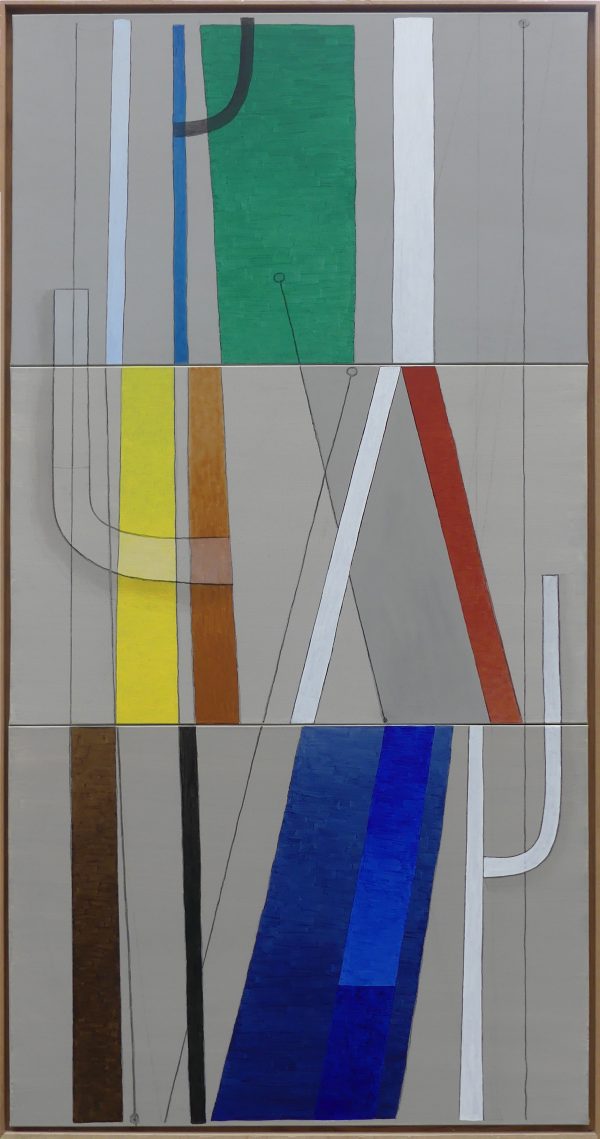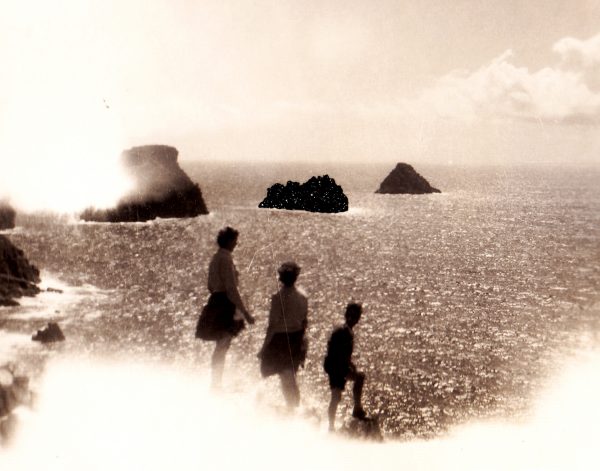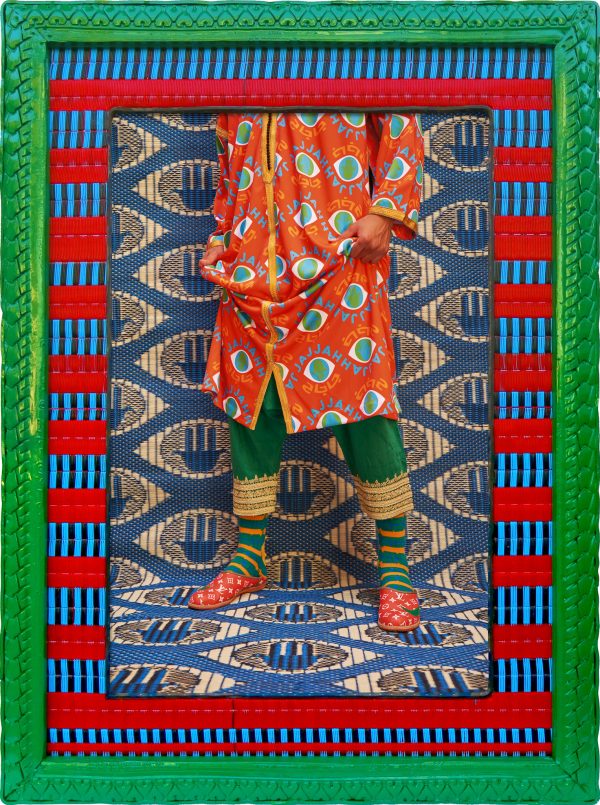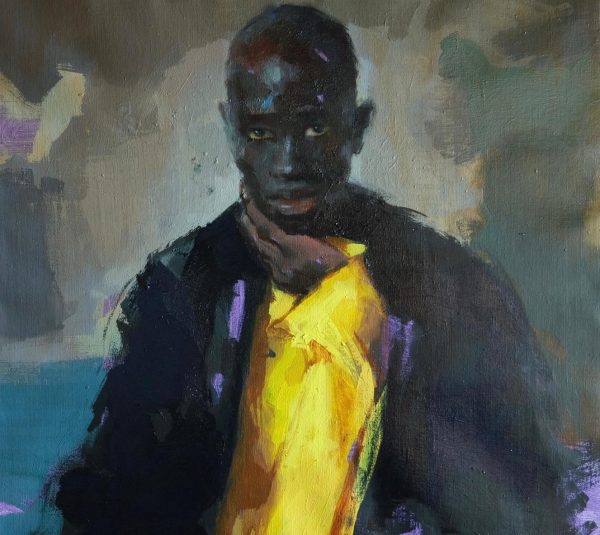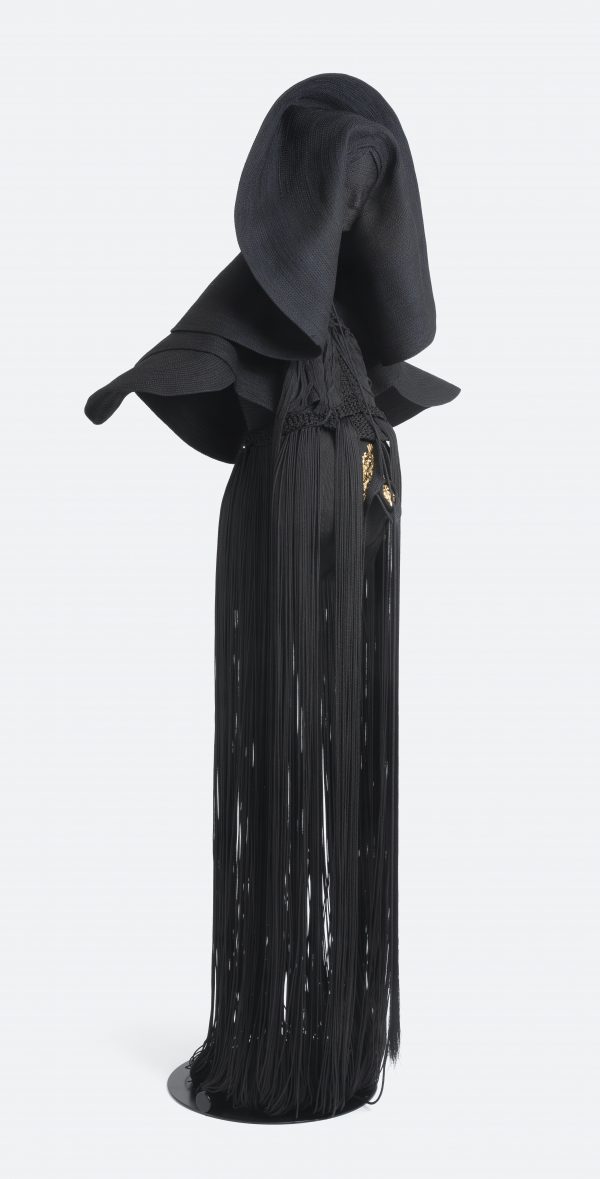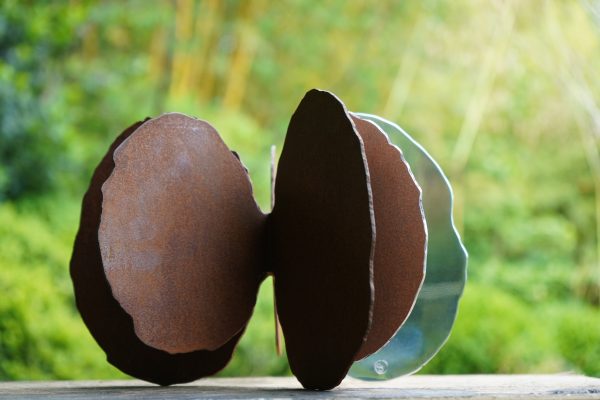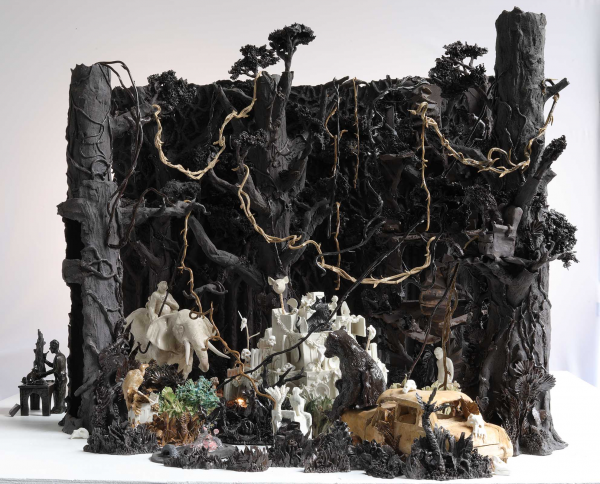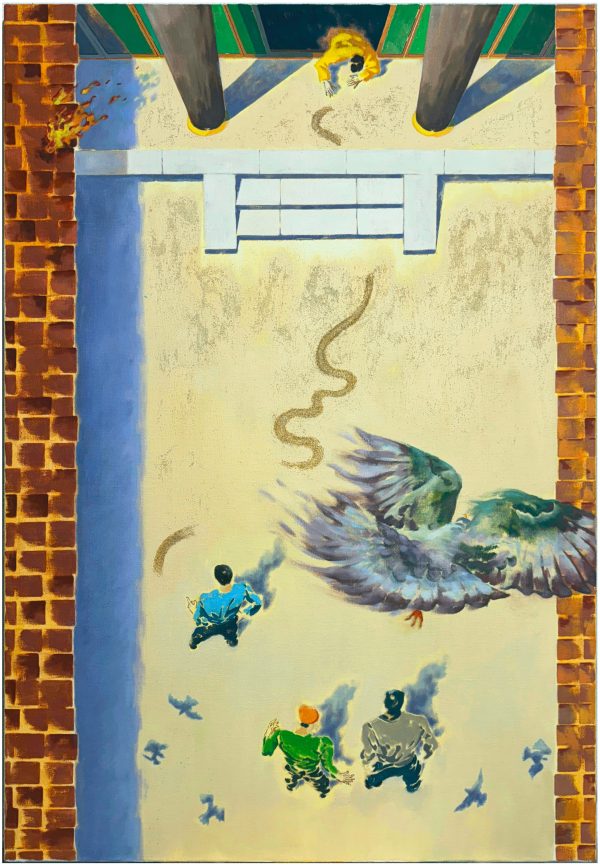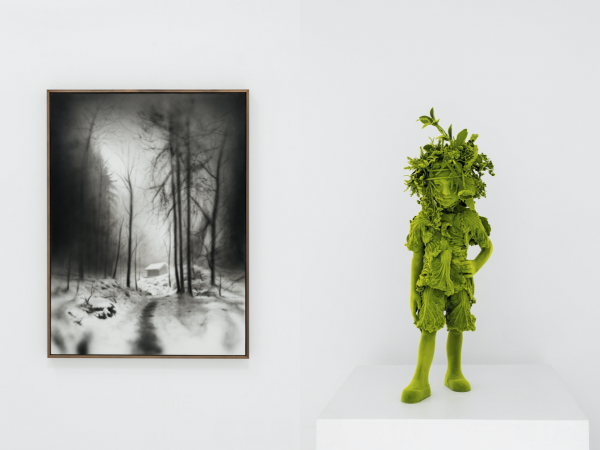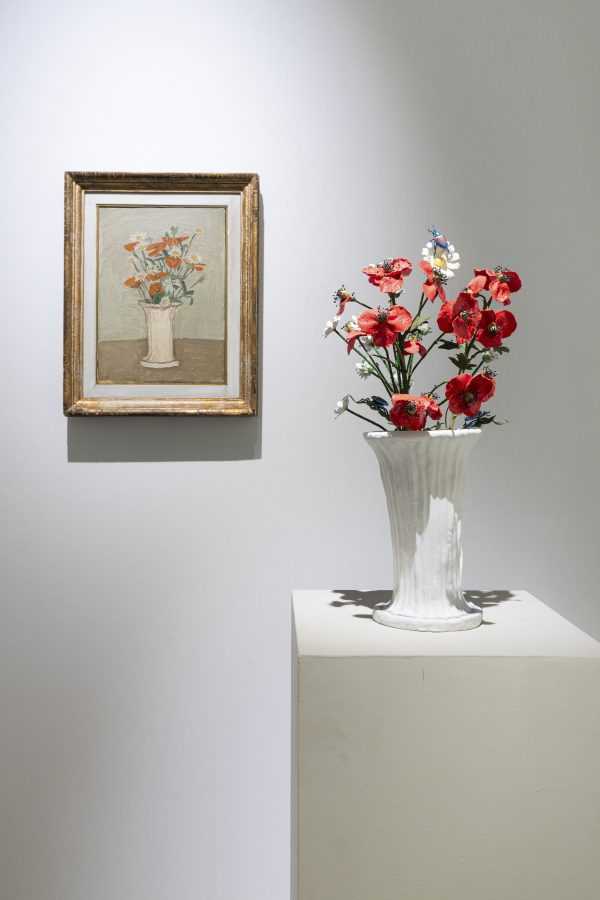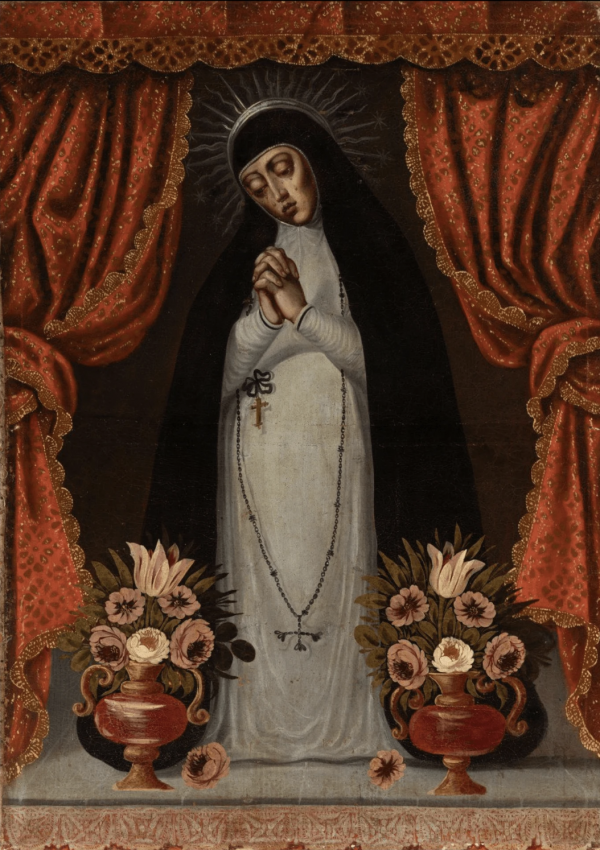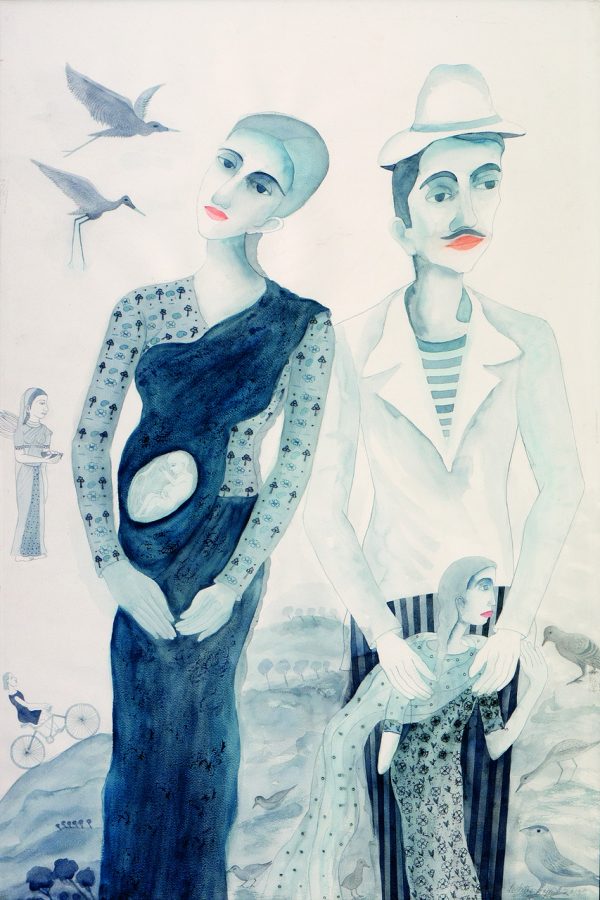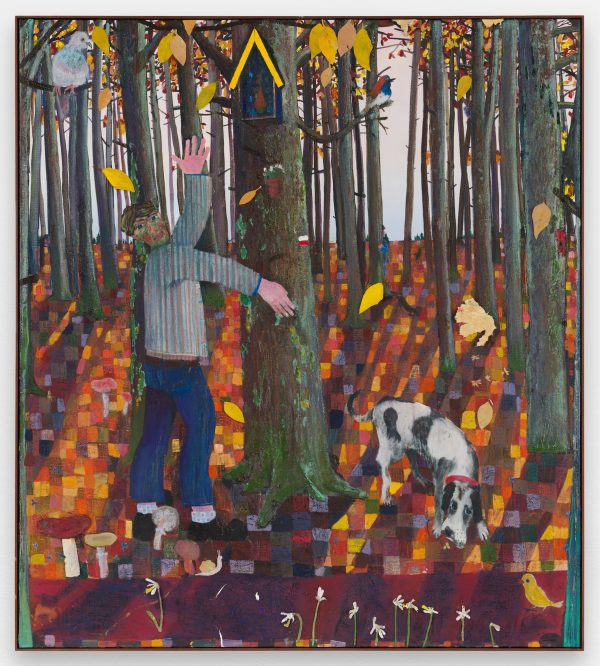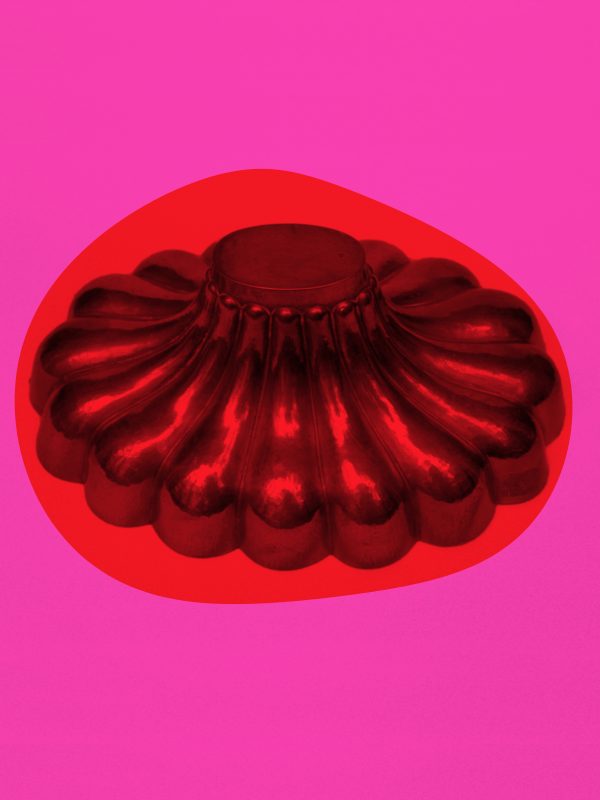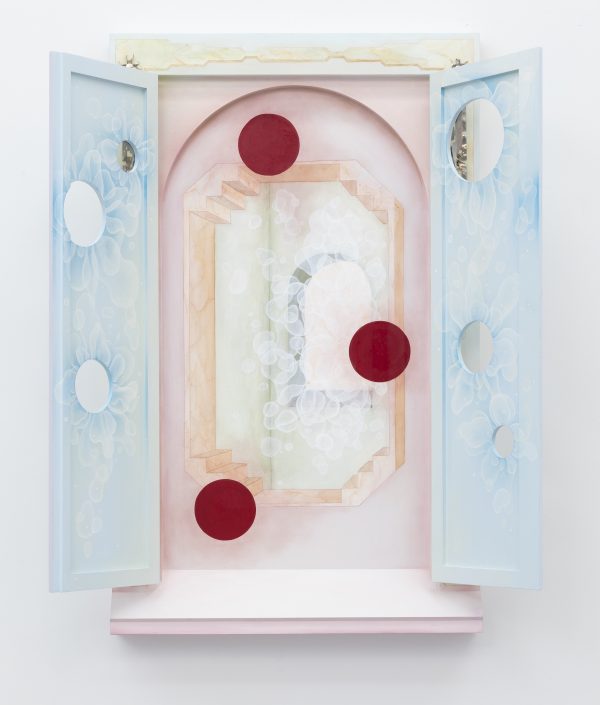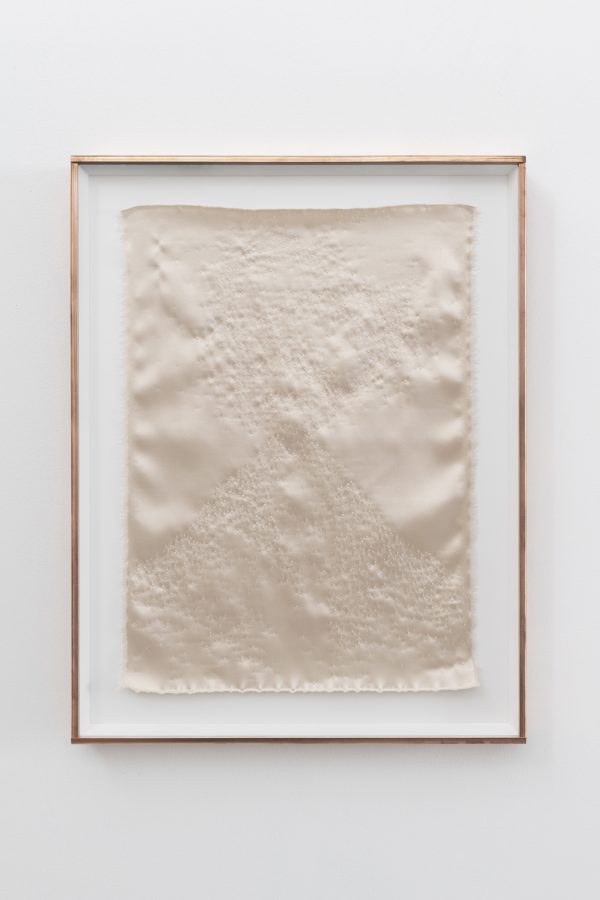Galerie Sabine Bayasli
Famakan Magassa , Mali
"La vie est un compte"
Famakan Magassa, L’AMOUR ET LA JUSTICE, Acrylique et pastel à l'huile sur toile, 150 X 130 CM, 2025, copyright galerie Sabine Bayasli
“La vie est un compte”
From the Koredugas exhibition in Bamako in 2019 to the solo show “La vie est un compte” presented in Paris in 2025, six years have passed during which Famakan Magassa has demonstrated creativity and originality through his chosen themes and stylistic evolution. At just 28 years old, the young Malian painter has successfully reinvented himself and defied the passage of time without succumbing to any form of frantic productivity.
Despite having six international exhibitions, three prestigious international residencies, and being the first French-speaking artist to win the Norval Foundation’s top prize, he continues his journey with the calmness of a seasoned creator.
This relationship with the passing of time has always been a constant in Famakan Magassa’s work, even if it only appeared subtly in some paintings. It was therefore natural for him to address it directly, while constructing a narrative that embraces the events of a lifetime and offers social commentary. To achieve this, we once again formed the complementary duo that has guided his artistic journey since its inception.
With “La vie est un compte“, the young painter revisits existential questions and highlights how “money as value” has become an obsessive goal in our lives. He exposes how financial concerns permeate everything from birth to death and how social success is often regarded as the ultimate criteria for happiness, at the cost of genuine humanity.
However, in this series, Famakan Magassa initiates a profound shift in the perception of his characters and the situations he depicts, demonstrating remarkable technical and stylistic mastery. While his previous works emphasized the absurdity of our world, criticizing the excesses of the powerful, the established order, and societal drift, the artist has now chosen a different yet equally impactful and more subtle approach.
Nicknamed “The Sage” in Bamako, he has not lost his pictorial flair. What might have seemed more provocative in his earlier series is now more subdued, requiring the audience to closely examine and analyze the artist’s intent. Famakan Magassa demonstrates maturity without forsaking his creative boldness. His work now feels more introspective, as if some of his characters are caught in a form of self-reflection.
Intimacy, emotion, and even sentiment now take center stage, revealing the complexities of the human soul. The dominance of blue in the backgrounds and in the design of the characters signifies a familiar, universal color that everyone can relate to.
From this foundation, Magassa unfolds the narrative of life—its joys, happy moments, painful episodes, major milestones, family bonds, pretenses, uncertainties, and the elements that lead to success.
These “accounts” are nothing more than the metronome of our existence. From the moment we are born, the countdown—the hourglass that marks our journey to our final breath—is set in motion, punctuating everything that shapes our personality and learning experiences. Yet within these stories also lie debts to be settled and bank accounts to manage, both of which influence the way we live our lives.
Solo Show of Famakan Magassa
From May 15th to June 14th, 2025
The gallery
After several decades in the 9th arrondissement of Paris, the Detais gallery became the Galerie Sabine Bayasli and moved in the fall of 2019 to the Marais, in Paris.
Now located at 99 rue du Temple, Galerie Sabine Bayasli begins the 2020s with new collaborations, French and international (Poland, Germany, Switzerland, Canada, Italy, Japan, etc.), betting on emerging artists as well as its historical artists . We present exhibitions of figurative works of different techniques, paintings, drawings, marble sculptures, ceramic sculptures…
After the Liberation, the Levins reopened the family gallery. Georges Detais married Claude Levin's daughter, and in 1958, he officially took over the management of the gallery.
Until then specialized in 17th and 18th century painting, the gallery would become, under the leadership of Georges Detais, the sounding board for a new generation of artists.
In 1959, a young Spaniard presented himself at the gallery, a canvas under his arm: Eduardo Arroyo thus made his entry into the Parisian artistic world. He had his first exhibition at the gallery in 1961, where he was closely followed by Louis Quilici, Gilles Aillaud, Henri Cueco, Bernard Rancillac… The Detais Gallery will now be associated with a new movement: Narrative Figuration.
In the intellectual and artistic effervescence of Paris in the 1960s, the gallery supported a new scene which quickly embraced a career abroad, nourished by the contributions of Peter Klasen, Errò, Valerio Adami and Hervé Télémaque and the protest spirit of Gérard Fromanger, Jacques Monory, Ivan Messac or Gérard Schlosser.
From the beginning of the 1970s, the gallery placed emphasis on the international development of its artists and supported them during exhibitions in Madrid, Amsterdam, Montreal, Zurich, etc.
In the 2000s, Sabine Bayasli joined Georges Detais. Trained in the profession, the ex-bookseller will take up the torch and the spiritual heritage of her mentor. She continued and developed the gallery's activity, still dedicated to figuration, and began a turning point in 2011 before opening a new space at 39 rue Notre Dame de Lorette in 2017.
With Sabine Bayasli at the helm, La Galerie Detais is undertaking new collaborations and formalizing a program oriented towards today's figurative painting, both French and international. Freed from the old battles between Figuratives and Abstracts, the new generation shows itself alongside its predecessors, both in the gallery and in the fairs in which it participates, in Beirut, Leipzig or even in Korea.
Gallery artists
Clara Bryon, Magali Cazo, Jérome Combe, Julien Delagrange, Jiri Hauschka, Lanne Hood-Hazelgrove, Lena Keller, Magdalena Lamri, Renske Linders, Famakan Magassa, Karolina Orzelek, Aurélie Quentin, Clément Reinaud, Fabio Rieti, Johann Rivat, Andreas Senoner, Nazar Strelyaev-Nazarko, Tschiegg
